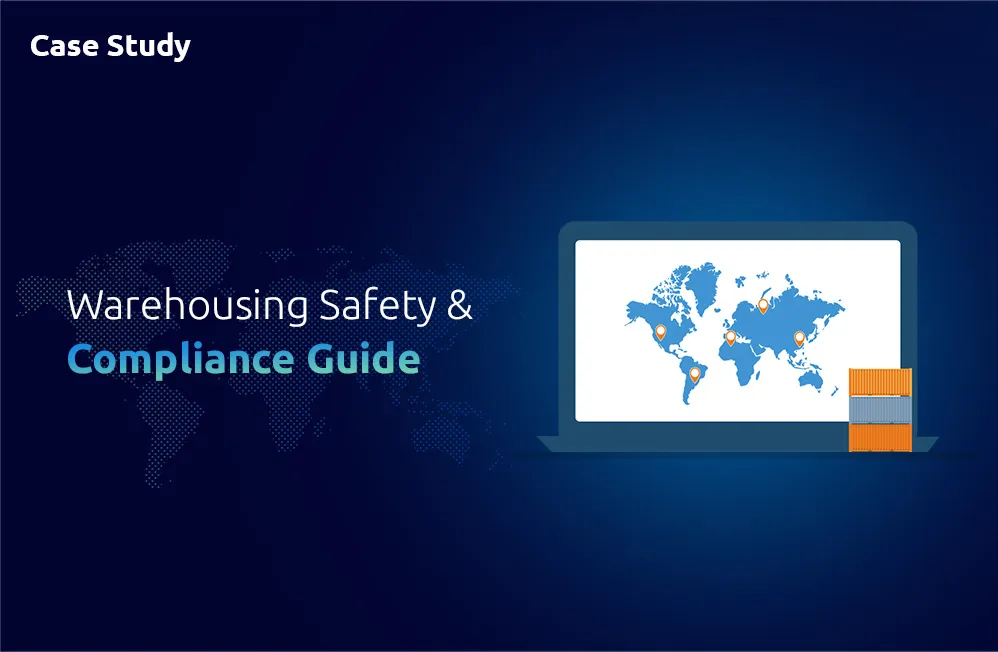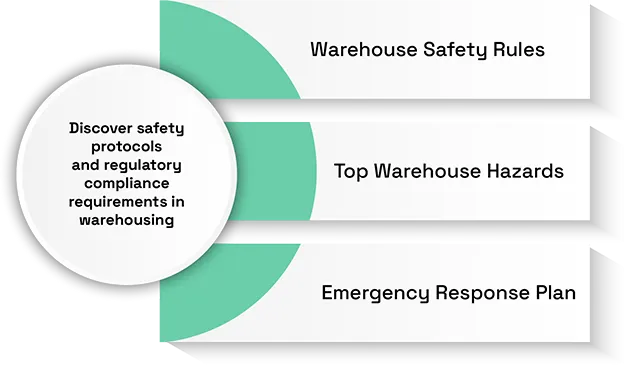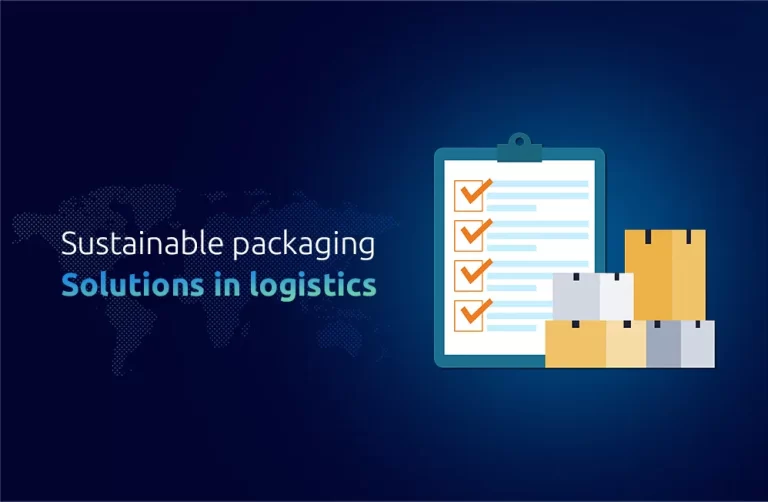In the vibrant and ever-moving realm of warehousing, where the flawless coordination of logistics harmonizes with the welfare of your invaluable personnel and the safeguarding of precious inventory, let me passionately advocate for the absolute necessity of prioritizing safety. Embracing a culture of safety not only shields your assets but also fortifies the core of your operations, ensuring sustained success and a thriving, secure workplace for all. The multifaceted realm of warehouse management demands a nuanced understanding of an intricate web comprising safety protocols and regulatory compliance. Navigating this complex landscape may pose challenges, but it is an indispensable facet that cannot be overlooked. This comprehensive guide aims to provide an in-depth exploration of the fundamental safety measures and the intricate tapestry of compliance requirements that every warehouse operator should not only be aware of but should integrate seamlessly into their operational fabric.
The Crucial Nexus of Safety and Warehousing
1. Operational Dynamics and Safety Integration
In the pulsating heart of a warehouse, where the constant ebb and flow of inventory meets the orchestrated movements of personnel and machinery, safety becomes more than a regulatory checkbox—it becomes the orchestrator of seamless operations. Understanding how safety integrates into daily workflows is paramount to fostering a culture where precautionary measures are not merely enforced but ingrained in every aspect of warehouse activities.
2. Risk Assessment and Mitigation
Comprehensive safety begins with a thorough understanding of potential risks. Conducting meticulous risk assessments tailored to the unique characteristics of the warehouse environment enables proactive mitigation strategies. Identifying potential hazards, from equipment malfunctions to ergonomic challenges, forms the foundation for a robust safety framework.
3. Technology’s Role in Safety Enhancement
Embracing technological advancements is pivotal in enhancing safety measures. From automated systems that minimize manual handling risks to real-time monitoring of environmental conditions, integrating cutting-edge technology ensures that warehouses stay at the forefront of safety innovation.
Unraveling Regulatory Complexity
1. OSHA Regulations: Beyond the Basics
The Occupational Safety and Health Administration (OSHA) serves as the lodestar for warehouse safety standards in the United States. This section delves beyond the basics, exploring nuanced OSHA regulations related to specific operations within a warehouse, such as intricate guidelines for forklift operations and meticulous material handling protocols.
2. EPA Guidelines: Safeguarding the Environment
As warehouses deal with a spectrum of materials, compliance with Environmental Protection Agency (EPA) guidelines is imperative. This segment elucidates the intersection of warehouse operations and environmental responsibility.
3. ISO Certification: A Global Perspective
For warehouses with a global footprint, obtaining International Standards Organization (ISO) certification is a strategic imperative. Delving into the nuances of ISO standards, this section elucidates the steps and benefits of achieving ISO certification, particularly focusing on ISO 45001 for occupational health and safety.
The Ramifications of Non-Compliance
1. Legal Implications and Financial Consequences
Non-compliance with safety protocols and regulations is not merely a procedural misstep; it carries substantial legal and financial ramifications. This section navigates through the potential legal pitfalls, exploring the intricacies of fines, legal actions, and reputational damage that can result from a lax approach to compliance.
2. Human Element: Employee Well-Being and Satisfaction
Beyond legal and financial repercussions, non-compliance directly impacts the human element within a warehouse—the employees. Exploring the correlation between safety measures and employee well-being, job satisfaction, and retention rates, this section underscores the significance of prioritizing safety as an investment in the workforce.
Cultivating a Culture of Safety
1. Leadership as the Vanguard of Safety Culture
Creating a culture of safety requires more than written protocols; it necessitates leadership commitment. This segment explores the pivotal role of leadership in setting the tone for safety, emphasizing active participation, and fostering a workplace where safety is not a requirement but a shared value.
2. Continuous Improvement: The Lifeline of Safety Culture
Safety is not a static concept; it evolves with changing circumstances. This segment underscores the importance of continuous improvement, encouraging regular reviews of safety protocols, soliciting employee feedback, and investing in ongoing training programs to adapt to emerging challenges.
Conclusion: Safeguarding the Future of Warehousing
In conclusion, recognize that the complex choreography of safety protocols and regulatory compliance within warehousing transcends mere legal necessity. It embodies the life force that not only ensures legal compliance but serves as the bedrock sustaining the vibrancy and enduring success of warehouse operations. Embrace this essence, and you fortify not just your compliance but the very heartbeat of a thriving and resilient warehouse ecosystem.
Frequently Asked Questions
Why is safety crucial in warehousing?
Safety in warehousing is paramount to protect personnel, preserve valuable inventory, and ensure seamless operations. It mitigates risks, enhances employee well-being, and safeguards against potential legal and financial consequences.
How often should safety training be conducted for warehouse employees?
Regular safety training sessions, typically quarterly, are essential to keep employees informed about the latest protocols and procedures. Specialized training for new hires and updates to safety regulations are also recommended.
What specific OSHA regulations should warehouses be aware of?
Warehouses should be familiar with various Occupational Safety and Health Administration (OSHA) regulations, including those related to forklift operations, material handling, and chemical storage. Regular audits ensure ongoing compliance.
How can warehouses balance efficiency and safety?
Balancing efficiency and safety requires strategic planning, technology integration, and employee involvement. By investing in advanced technology, providing ongoing training, and fostering a safety-conscious culture, warehouses can achieve a harmonious balance.
What are the consequences of non-compliance with safety regulations?
Non-compliance can lead to severe consequences, including fines, legal actions, and damage to the warehouse’s reputation. Beyond financial implications, neglecting safety measures can result in workplace accidents and injuries.












